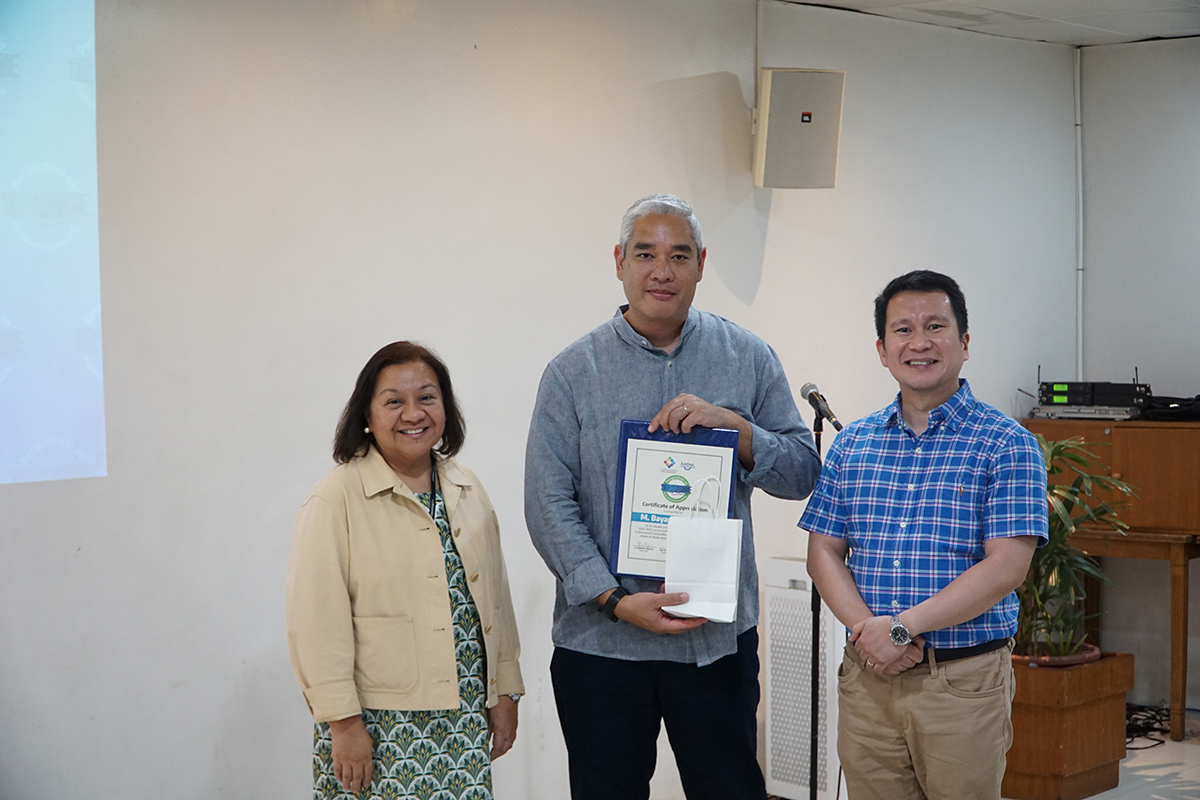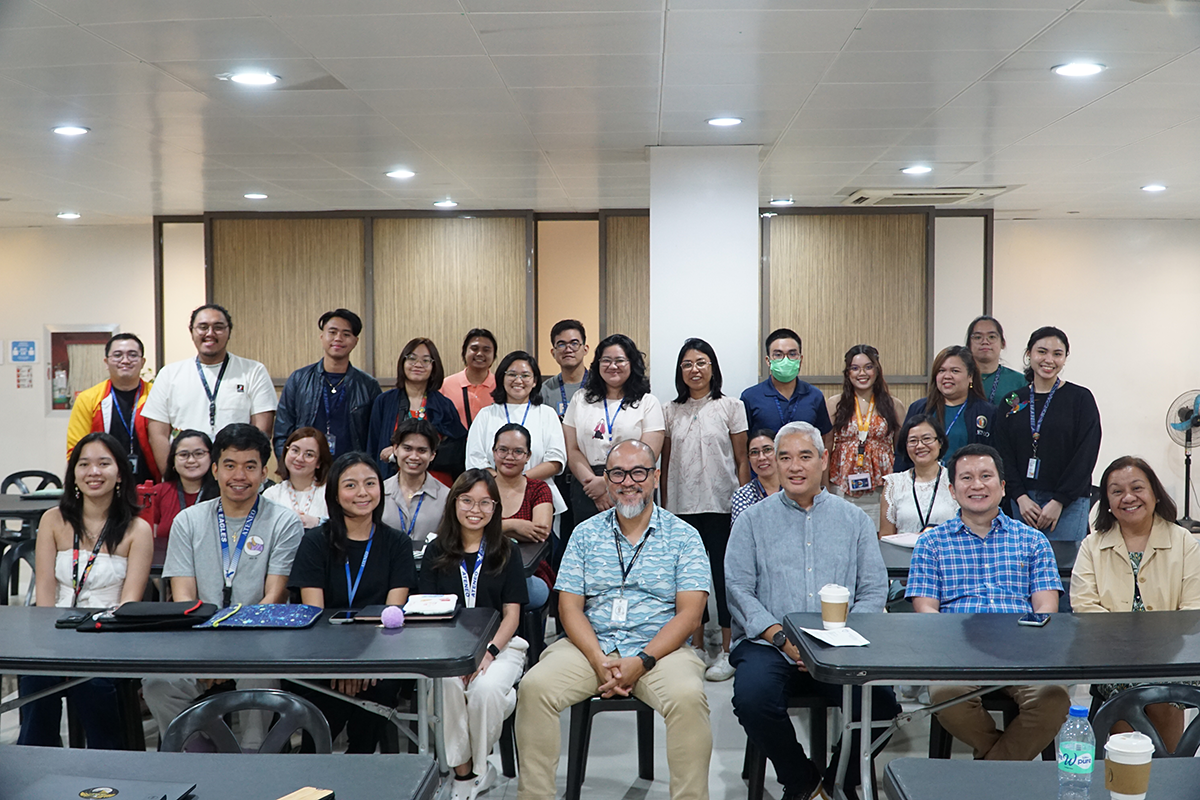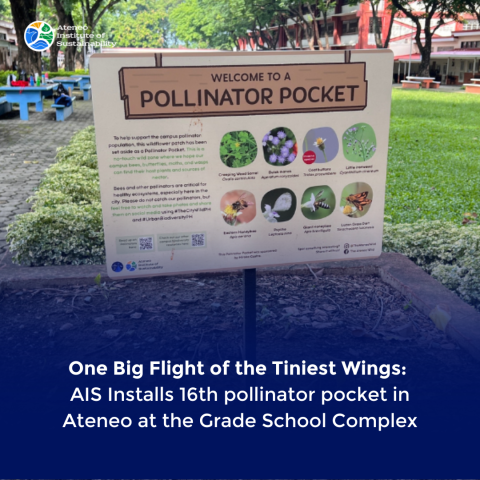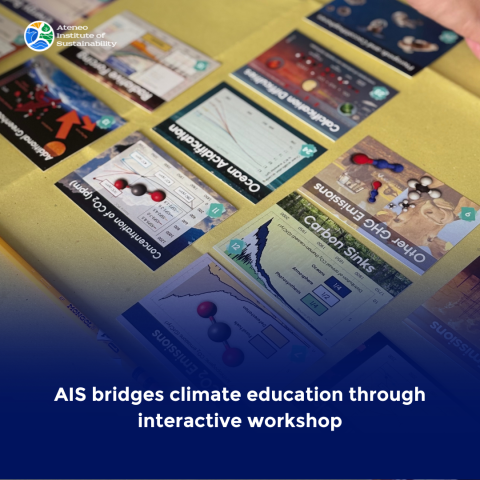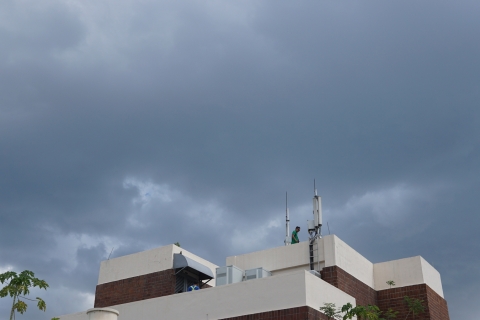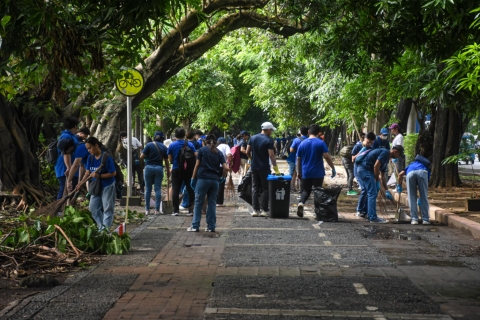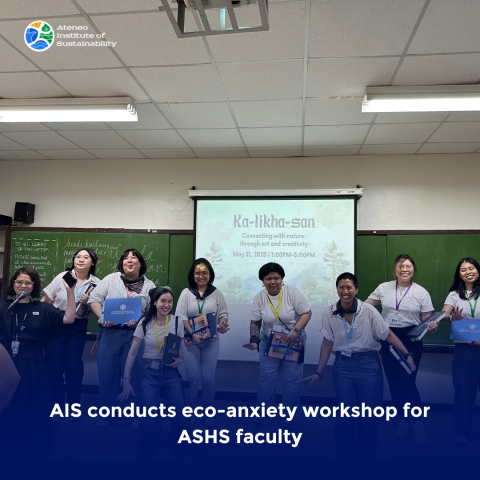Visiting lecturer Dr M Bayani Cardenas provides insights on global groundwater renwability in ARISE' lecture series
16 Jan 2025
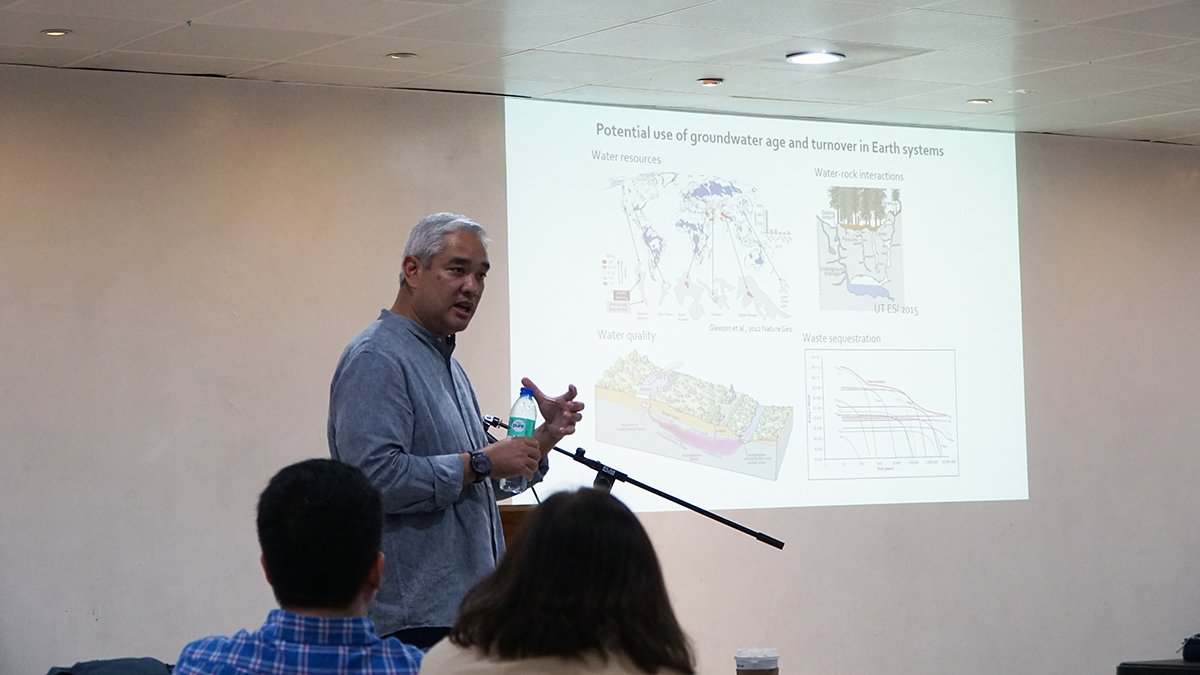
Ateneo de Manila University's School of Science and Engineering, together with the Ateneo Research Institute of Science and Engineering (ARISE), hosted a lecture by Dr M Bayani Cardenas on 15 January 2025 on global groundwater levels and its renewability.
Dr Cardenas is a hydrology professor in the Department of Earth and Planetary Sciences of the Jackson School of Geosciences at the University of Texas at Austin. Prior to this, he studied at the University of the Philippines-Diliman, the University of Nebraska-Lincoln, and the New Mexico Institute of Mining and Technology. He is also the Birdsall-Dreiss Lecturer and LaMoreaux Lecturer for 2025.
In his lecture, titled "Insights on Groundwater Renewability from Age and Residence Time Analysis," he discusses a study he was involved in that developed methods to not just measure groundwater levels at a global level. In addition, the study also looked into how much of this groundwater was renewable and how it could be sustainably used.
The first question Dr Cardenas and his colleagues asked was how much groundwater is stored on Earth. To answer this, they ingested data from multiple groundwater studies from all over the globe.
After this, they then had to find out which groundwater stores were modern and which were older fossil stores. Finding the modern ones would enable them to identify these as renewable, with the water in the aquifer having been renewed within the past 50 years.
To identify this, they looked at the tritium content of the water. Levels of tritium, a rare isotope of hydrogen, greatly increased in water tables starting in the 1950s to the late 1990s due to the large number of thermonuclear weapons tests – tritium is used in nuclear fusion – conducted during this time. As such, higher levels of tritium in the water from an aquifer would identify it as a modern one.
For aquifers that didn't have high amounts of tritium, identifying them as earlier than modern, Dr Cardenas and his team instead turned to Carbon 14 dating. Through this, they were able to identify very old groundwater stores, including ones considered to be fossil sources – groundwater recharged before the current Holocene period, or over 11,700 years ago.
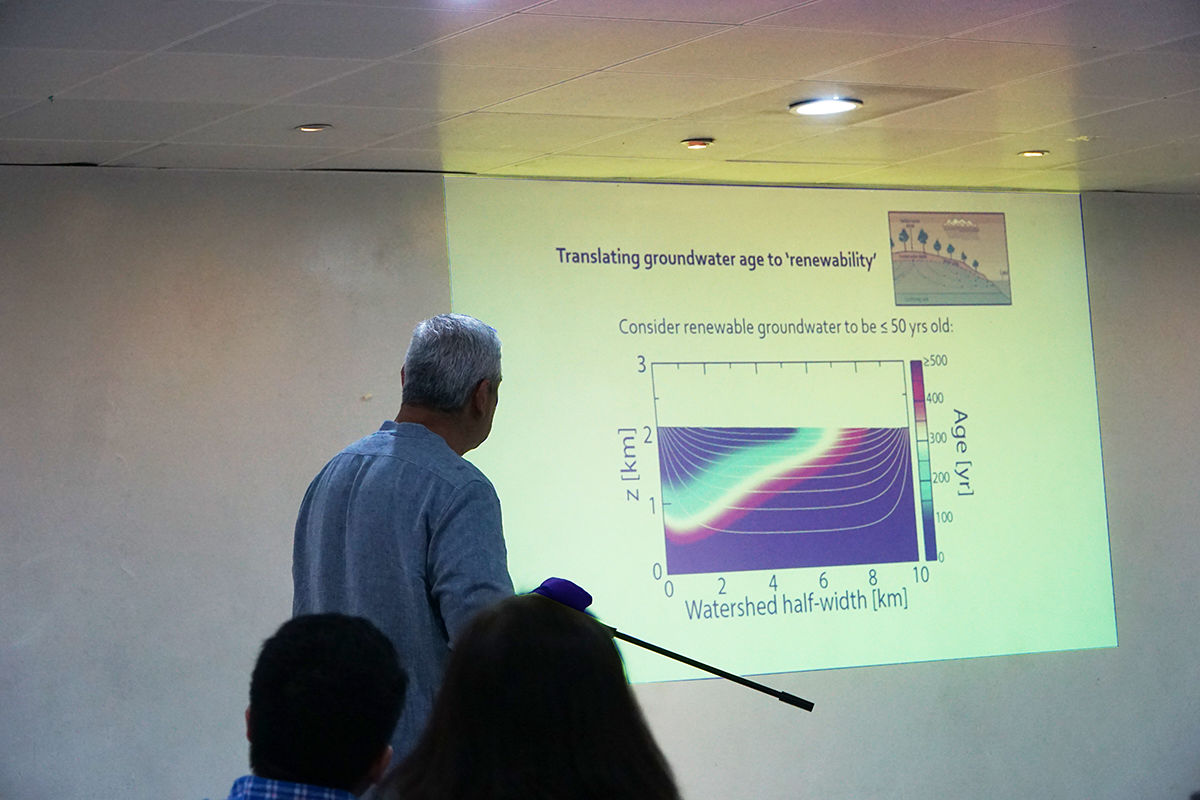
By identifying the age of the groundwater, Dr Cardenas and his colleagues were able to determine which sources were renewable. Modern groundwater sources tend to be more renewable as their water is constantly being recharged. The main question then is whether the rate at which the water is being recharged matches the rate at which the water is being used, either by natural or man-made means.
Renewability, however, does not immediately equate to sustainability and vice-versa explained Dr Cardenas. Instead, he explained that what matters is whether the amount being taken out of the aquifer will still leave enough water for future generations.
One example that Dr Cardenas gave was of a large store of fossil groundwater in Egypt. While as a fossil store, this aquifer was not being filled with new surface water, he noted that it was large enough that water could be sustainably pumped out from it without draining it.
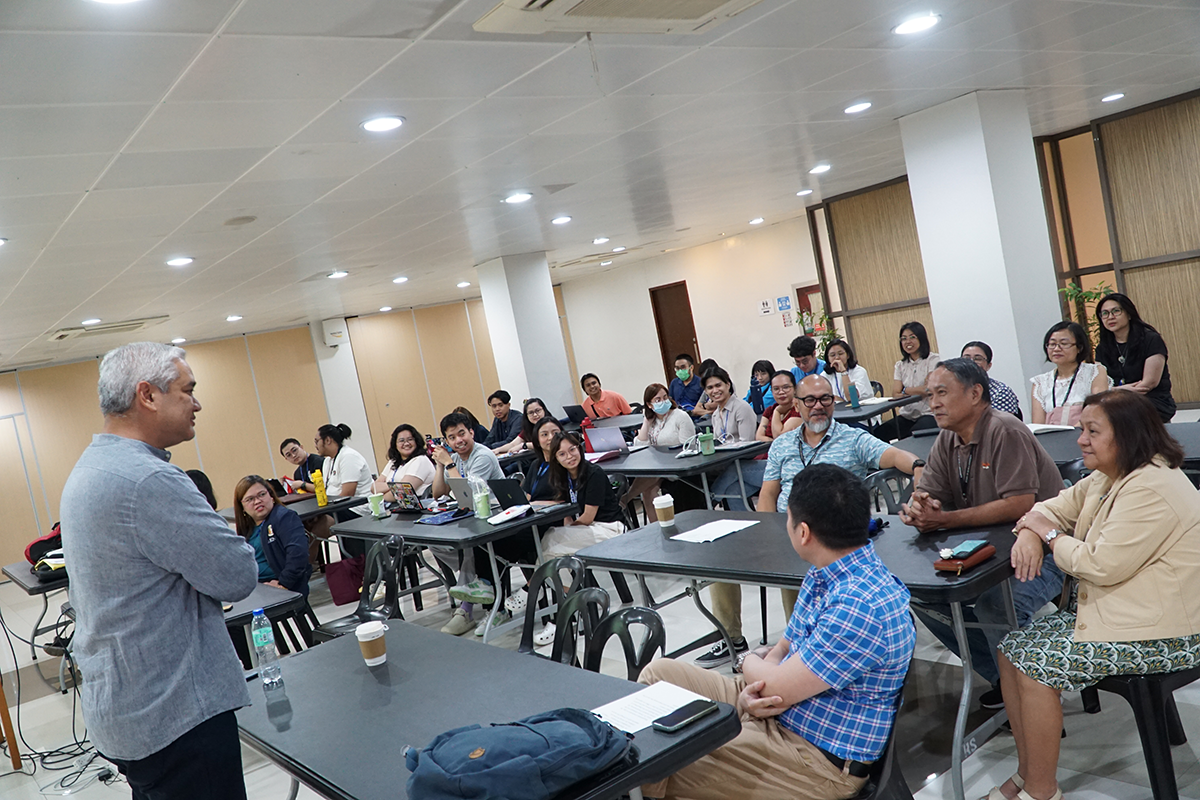
Following his lecture, Dr Cardenas and the attendees – both Ateneo students and teachers – engaged in a lively open forum.
For participating in ARISE's lecture series, Dr Cardenas was given a certificate of appreciation by Ateneo, given to him by Dr Raphael A Guerrero, Dean of the School of Science and Engineering.
